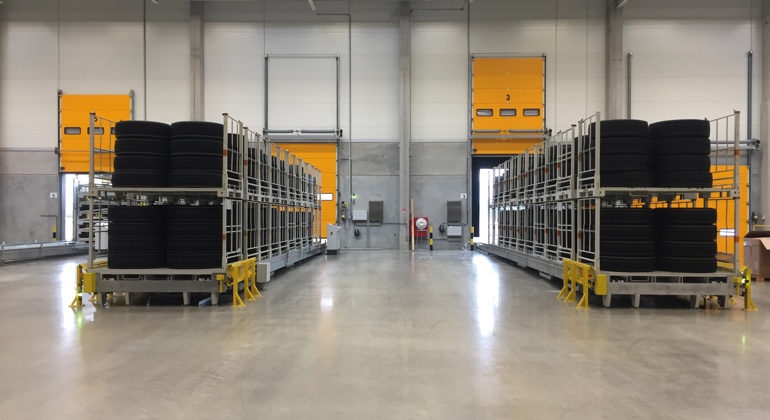Manufacturing businesses can choose between making to order and making to stock. Making to order entails producing the orders when they receive them. This has several benefits, such as allowing the manufacturer to minimise waste, to reduce inefficiency and to customise products for their customers. Of course, as with everything, there are disadvantages, too: the manufacturer can experience spikes or falls in demands, must be ready to start producing orders as soon as possible and customers must wait longer for their products.
Make-to-stock orders, meanwhile, involve manufacturers making products for inventory, basing the amounts on sales forecasts and customer demand expectations. It’s a traditional strategy, and the aim is to match production and inventory with customer demand forecasts; this is no easy objective to accomplish, however, and can lead to dead stock, shortages or surplus inventory if there’s a miscalculation.
Making to stock allows the manufacturer to organise their resources carefully and maximise their efficiency. The manufacturer will also be able to devise a production schedule to ensure an ultra-smooth workflow. Importantly, they can minimise the customers’ waiting time, too, because the manufacturer can ship the products out to the customers quickly.
Making to stock relies heavily on forecasting, but unfortunately, consumer trends can be highly unpredictable. Manufacturers that implement a make-to-stock system can experience sudden spikes or drops in sales. Making accurate sales forecasts is also a challenge and can leave the business with too much stock or too little of it. The nature of this system can keep the manufacturer in a perpetual state of having too little or too much stock.






































